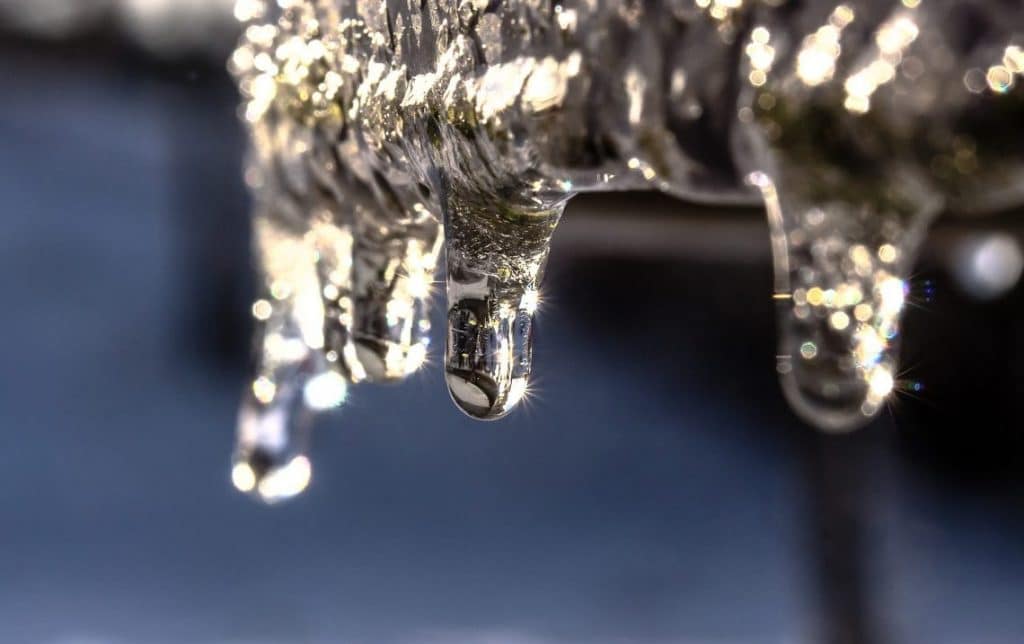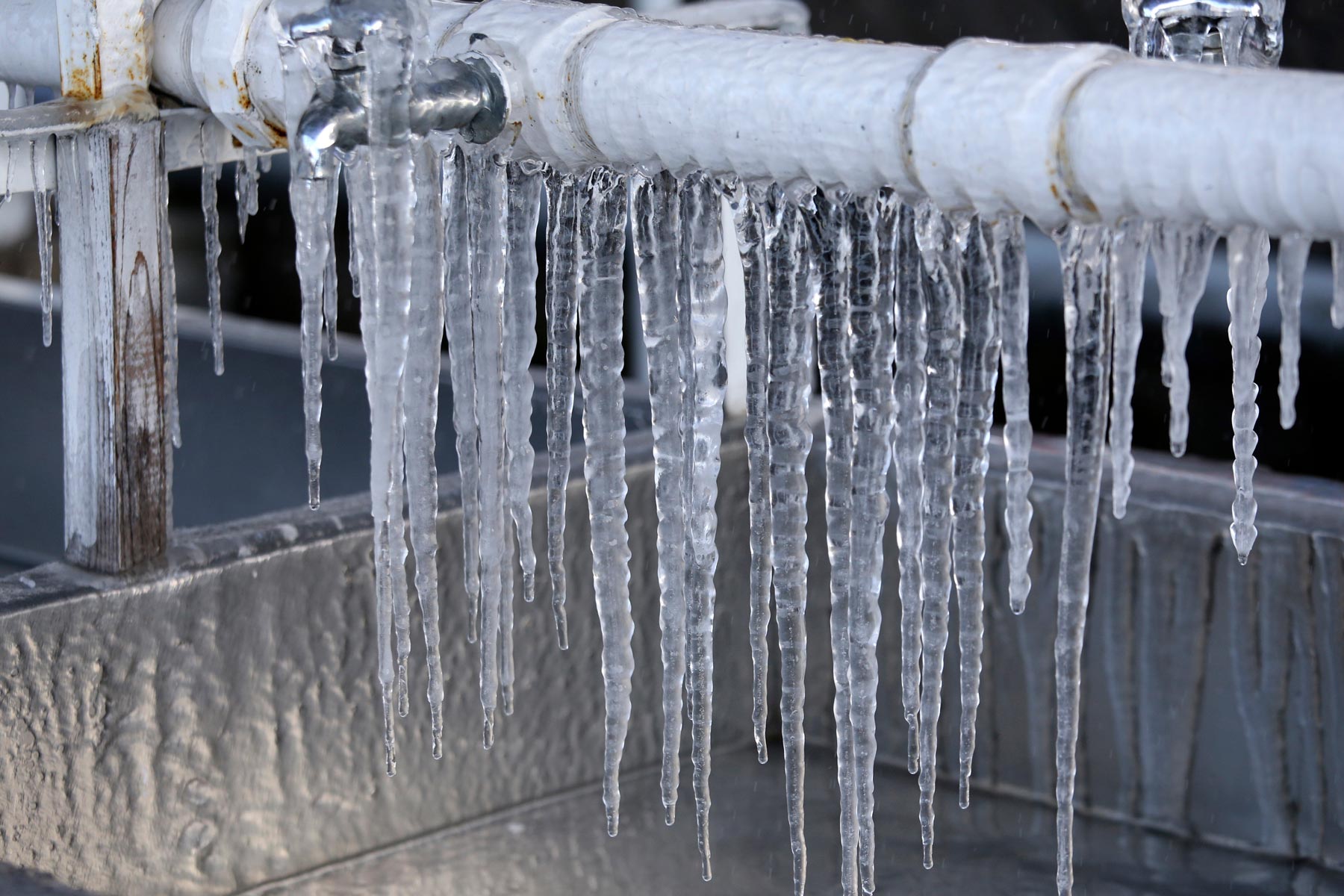We've stumbled on the article about 6 Ways to Prevent Frozen Pipes down the page on the web and concluded it made good sense to write about it with you over here.

Cold weather can wreak havoc on your plumbing, especially by freezing pipes. Here's how to prevent it from happening and what to do if it does.
Intro
As temperatures decline, the risk of icy pipes boosts, potentially bring about pricey fixings and water damages. Recognizing exactly how to prevent frozen pipes is critical for homeowners in cool climates.
Comprehending Icy Pipelines
What triggers pipes to freeze?
Pipelines freeze when subjected to temperature levels below 32 ° F (0 ° C) for expanded periods. As water inside the pipelines ices up, it broadens, taxing the pipeline walls and possibly creating them to burst.
Dangers and damages
Frozen pipes can cause water system interruptions, residential or commercial property damages, and costly repairs. Ruptured pipelines can flood homes and cause considerable architectural damages.
Indications of Frozen Water Lines
Determining icy pipes early can stop them from breaking.
Exactly how to identify icy pipes
Seek decreased water flow from faucets, unusual smells or sounds from pipes, and noticeable frost on exposed pipes.
Avoidance Tips
Protecting at risk pipelines
Cover pipes in insulation sleeves or make use of warmth tape to safeguard them from freezing temperatures. Concentrate on pipelines in unheated or exterior areas of the home.
Home heating methods
Maintain interior rooms adequately warmed, specifically locations with pipes. Open cabinet doors to permit cozy air to flow around pipes under sinks.
Safeguarding Exterior Plumbing
Yard hoses and exterior faucets
Separate and drain pipes garden tubes before wintertime. Install frost-proof spigots or cover exterior faucets with protected caps.
What to Do If Your Pipes Freeze
Immediate actions to take
If you believe icy pipelines, keep faucets open to eliminate pressure as the ice thaws. Make use of a hairdryer or towels taken in hot water to thaw pipes slowly.
Long-Term Solutions
Structural changes
Consider rerouting pipes away from outside wall surfaces or unheated areas. Add additional insulation to attics, cellars, and crawl spaces.
Upgrading insulation
Purchase top notch insulation for pipelines, attics, and walls. Correct insulation assists preserve consistent temperature levels and lowers the threat of frozen pipelines.
Final thought
Avoiding icy pipelines calls for positive measures and fast feedbacks. By recognizing the causes, indicators, and safety nets, property owners can safeguard their plumbing during winter.
5 Ways to Prevent Frozen Pipes
Drain Outdoor Faucets and Disconnect Hoses
First, close the shut-off valve that controls the flow of water in the pipe to your outdoor faucet. Then, head outside to disconnect and drain your hose and open the outdoor faucet to allow the water to completely drain out of the line. Turn off the faucet when done. Finally, head back to the shut-off valve and drain the remaining water inside the pipe into a bucket or container. Additionally, if you have a home irrigation system, you should consider hiring an expert to clear the system of water each year.
Insulate Pipes
One of the best and most cost-effective methods for preventing frozen water pipes is to wrap your pipes with insulation. This is especially important for areas in your home that aren’t exposed to heat, such as an attic. We suggest using foam sleeves, which can typically be found at your local hardware store.
Keep Heat Running at 65
Your pipes are located inside your walls, and the temperature there is much colder than the rest of the house. To prevent your pipes from freezing, The Insurance Information Institute suggests that you keep your home heated to at least 65 degrees, even when traveling. You may want to invest in smart devices that can keep an eye on the temperature in your home while you’re away.
Leave Water Dripping
Moving water — even a small trickle — can prevent ice from forming inside your pipes. When freezing temps are imminent, start a drip of water from all faucets that serve exposed pipes. Leaving a few faucets running will also help relieve pressure inside the pipes and help prevent a rupture if the water inside freezes.
Open Cupboard Doors
Warm your kitchen and bathroom pipes by opening cupboards and vanities. You should also leave your interior doors ajar to help warm air circulate evenly throughout your home.

As a person who reads about Helpful Tips to Prevent Frozen Pipes this Winter, I imagined sharing that excerpt was a good thing. Loved our article? Please quickly share it. Help another person find it. I am grateful for your time. Kindly check up our website back soon.
Explore Now